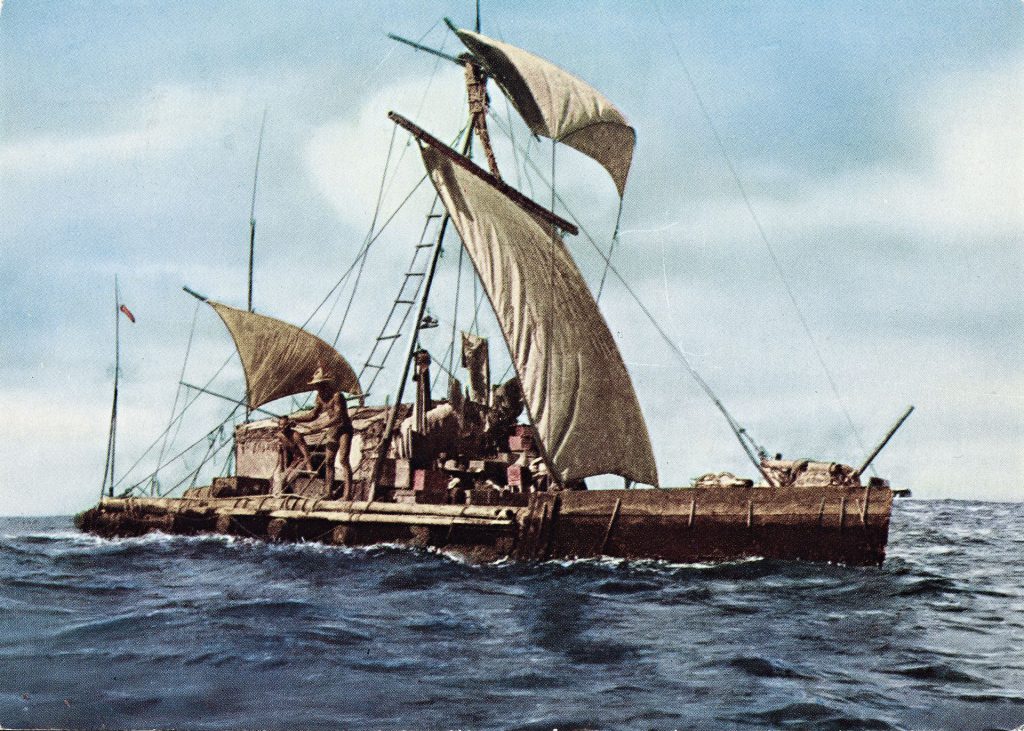

The data was analyzed through the theoretical framework of heroism, adaptation theory, reader-response theory, monumental history, appeal structure and constructivist museum learning. Plus, I observed informative text and photos at the museum and on the Kon-Tiki website. In addition, I observed 4 museum guided tours, and observed/interviewed a number of museum visitors outside the museum. Being so, this thesis addresses both Global South related issues and pedagogical issues which have been the focal center of interest in this Master’s program.įor data collection, I did oral interview with both museum staff and museum visitors who were selected based on convenient sampling. Consequently, I intended to analyze the Kon-Tiki theory and expedition from epistemological perspectives, alongside pedagogical issues at the museum. Thereupon, I decided to assess how this museum is making a meaningful learning environment for its visitors, and which notions are being emphasized in this regard. The Kon-Tiki museum is exhibiting the raft, and is informing the visitors about the theory behind this expedition, and the Kon-Tiki leader as a hero. Since this expedition took geographically place within Global South areas, and indigenous knowledge was playing a role in both the formation of the theory and building the raft, I found it pertinent to my Master’s program on Multicultural and International Education-South.

And now, the private Kon-Tiki museum housing the original Kon-Tiki raft is placed in Bygdøy, Oslo- Norway. Finally, they had a successful landfall on 7 August 1947 in the Tuamotus archipelago. On 28 April 1947, they started the journey and sailed the raft for 101 days. In order to prove the feasibility of this theory, he decided to mount the Kon-Tiki expedition in company of 5 other men. Nonetheless, this theory was in contrast to the ongoing theory at the time. He believed that people from South America could have settled Polynesia in pre-Columbian times via crossing the Pacific Ocean by means of balsa-wood rafts. Thor Heyerdahl (1914-2002), the Norwegian explorer, in 1947 did his first major expedition over the Pacific Ocean, which brought him world-wide fame.


 0 kommentar(er)
0 kommentar(er)
